 |
John Prunier's Class of 1965 Page 1946 to Present - Page 5 |
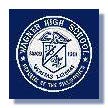 |
 |
John Prunier's Class of 1965 Page 1946 to Present - Page 5 |
 |
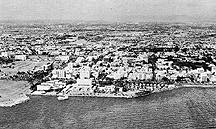 |
Manila 1962 |
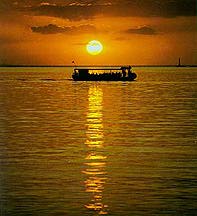 |
Ferry Across Manila Bay Manila was once a petty kingdom on the banks of the Pasig River. In 1571, after a bloody battle, Legaspi, the Spanish conquistador, captured the settlement and founded what was to become the seat of Spanish authority over the Philippine Islands for more than three hundred years. Manila was attacked by Chinese pirates in the seventeenth century, occupied by the British from 1762 to 1764, taken by the American forces in 1898, and occupied by the Japanese from 1942 to 1945. Modern Manila has grown beyond its original boundaries, the Walls of the Intramuros, and has expanded north, beyond the Pasig, and south along the Bay. |
| Places of Interest:
Intramuros: the old walled city of Manila. The walls and battlements which circumscribe the city have a perimeter of two and a quarter miles. Construction on the walls was in progress before the end of the sixteenth century and was completed in 1739. San Agustin Church: the oldest church in the Philippines, has withstood a number of fires and earthquakes which occasionally visited Manila. It was the only structure left standing after the bombardment of Intramuros in 1945. Malacanang: the official residence of then President of the Philippines has been the seat of central authority over the Islands since 1863 when it became the official residence of the Spanish governors-general. After the change of regime in 1898, it was occupied by the American governors-general, among them William Howard Taft and William Cameron Forbes. Since 1935, when the Philippines was declared a Commonwealth under the United States of America, it has served as the office and residence of the Philippine presidents. The name Malacanang is said to have been derived from the phrase, "May lakan diyan," meaning, "There are nobles in that place." The University of the Philippines: in Diliman, Quezon City, is the state university. A community in itself, it boasts of fine buildings and a huge campus. Dewey Boulevard: named after Admiral Dewey, victor of the Battle of Manila Bay, is Manila's nightclub and hotel row. The Escolta: Manila's smartest and busiest street, is the most expensive piece of real estate in the Philippines. Banks, theatres, shops and stores, office buildings and restaurants are crammed into this once quiet suburban section of Old Manila. Paco Cemetery: now a city park, was constructed in the early nineteenth century. In its concentric walls are tiers and tiers of niches with a domed mortuary in the center." Philippine Tourist
and Travel Association, Manila, 1962
|
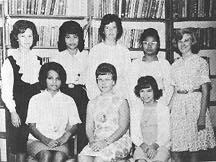 |
Wagner HS Future Teachers of
America, 1964 Yearbook
Photo contributed by David Bird '64 |
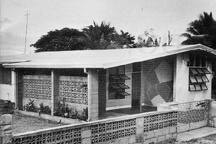 |
Another modern off-base home, circa 1961 |
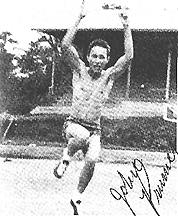 |
"Which way to the trees..." John Prunier '65, Wagner HS Track Team, Long Jump, 1964 Photo contributed by David Bird '64 |
|
|
|
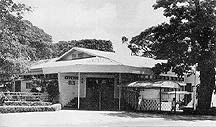 |
The O'club, circa 1962. Remember the pool, bridge, and football across the street? The Rathskeller? |
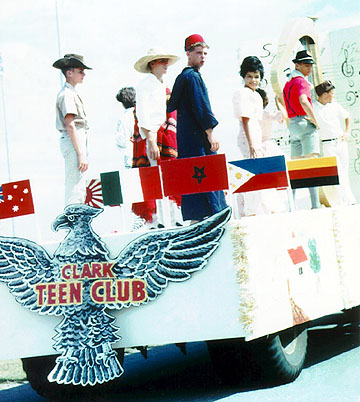 |
The Teen Club float in the December 1962 Clark AB Teen Day Parade. Dot Prunier '65 above Philippine flag |
|
|
|
|
|
|
|
|
|
|
|
|
|
|
|
|
|
|
|
|
|
|
|
|
|
|
|
|
|
|
|
|
|
|
|
|
|